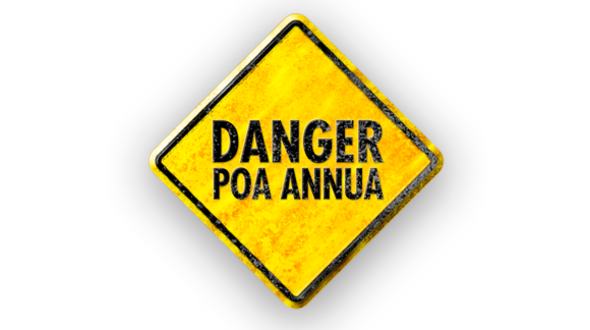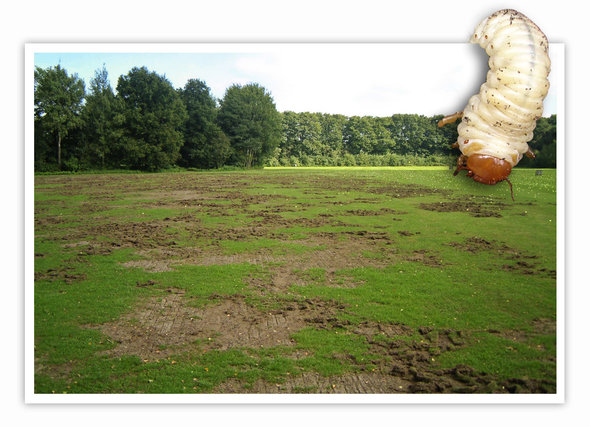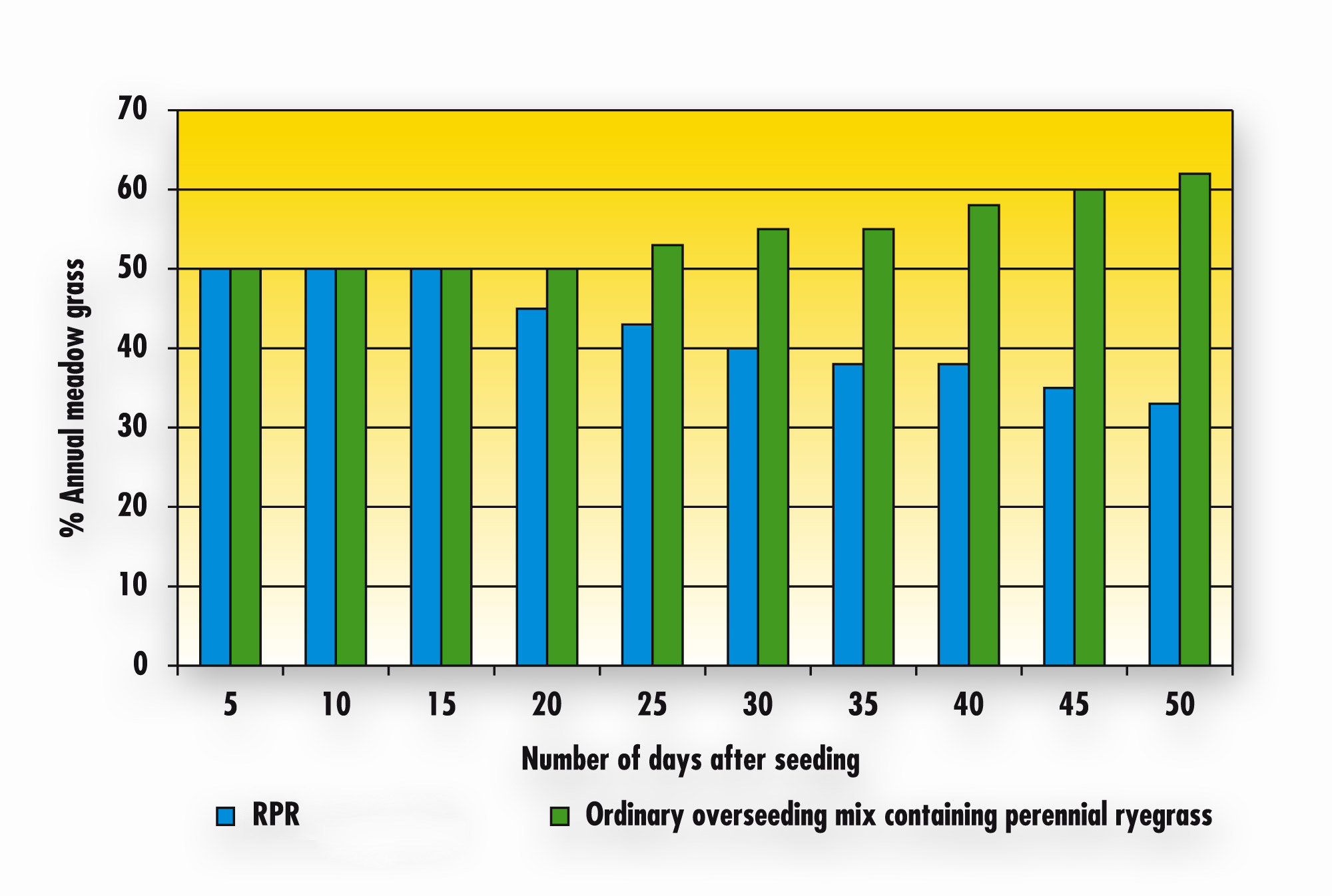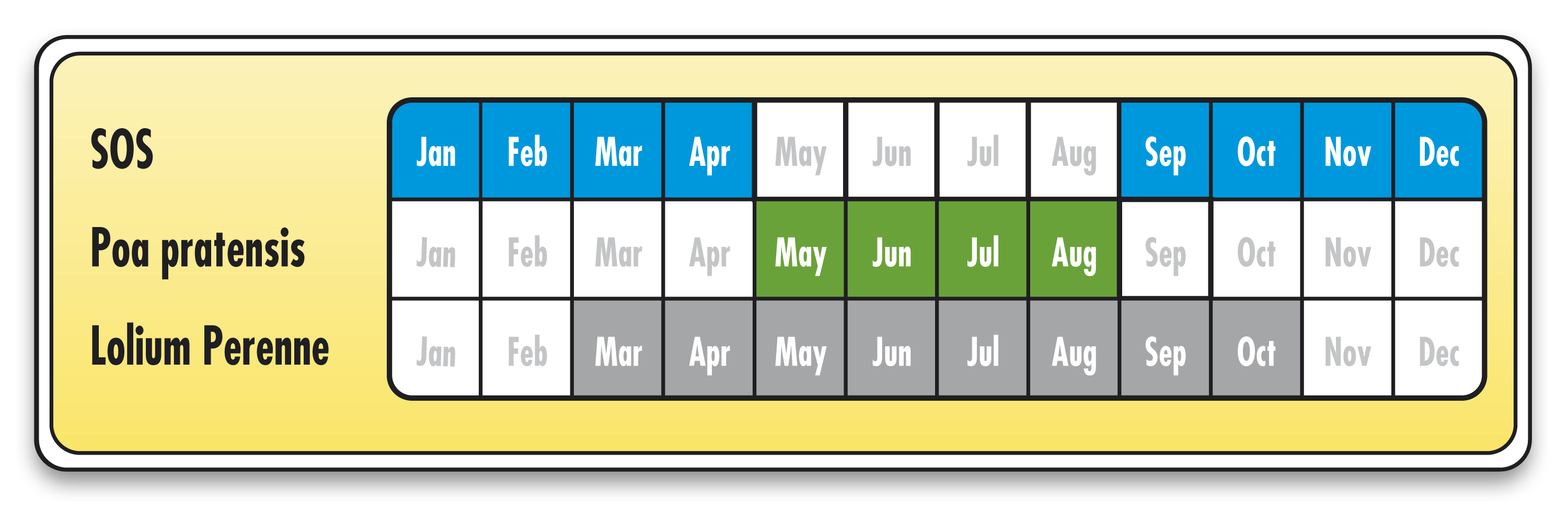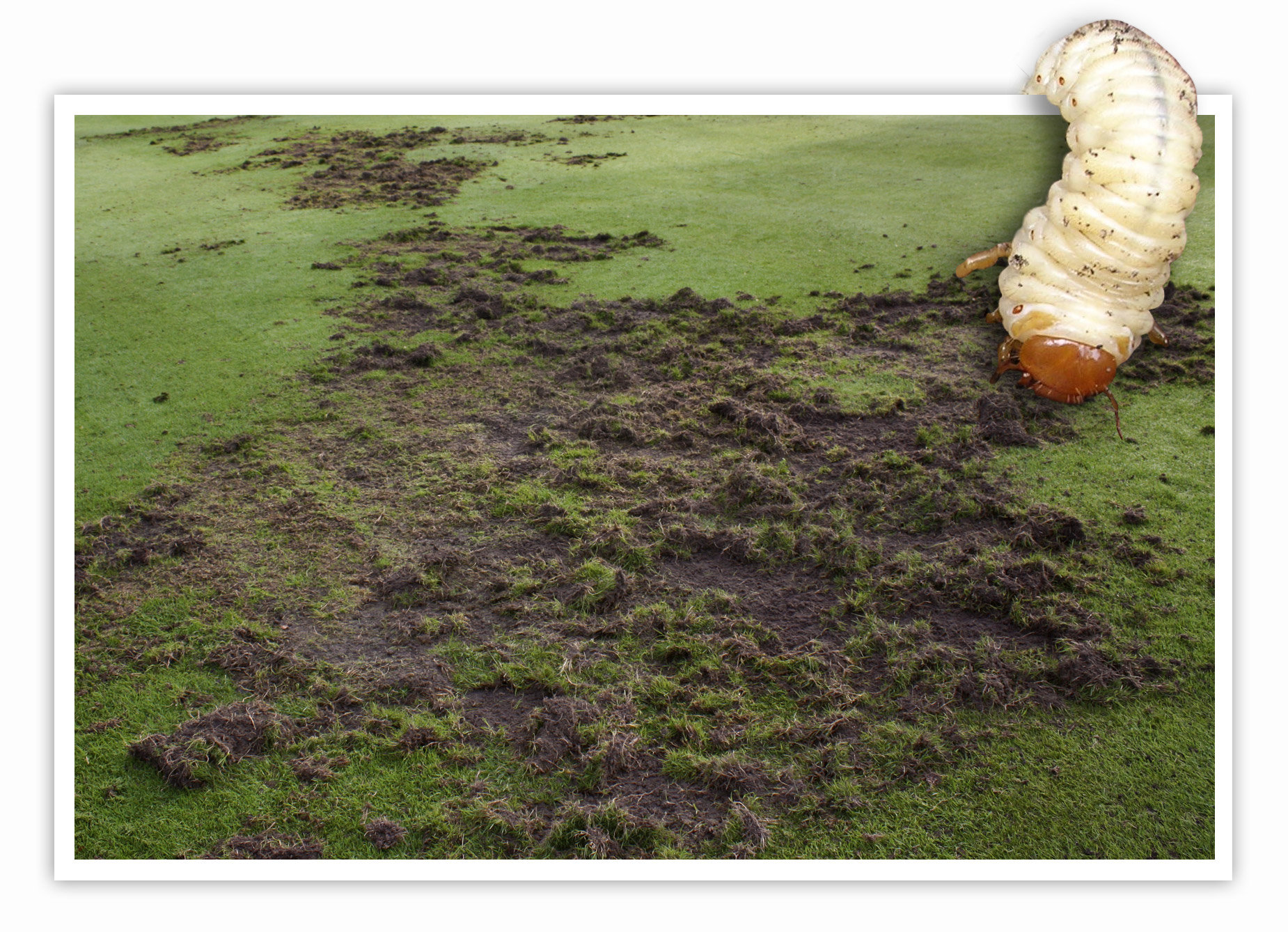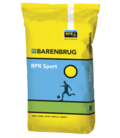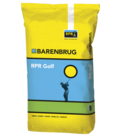Repairing damage caused by cockchafer grubs and leather jackets with RPR® & SOS®
Cockchafer grubs and leather jackets may be responsible for a sward’s total destruction. Both types of larvae make tasty snacks for various bird species, badgers, foxes and hedgehogs, which then completely ruin the grass. The bare patches are in this period best repaired with SOS® & RPR®. These unique grass seed mixtures germinate very quickly, reducing the risk of weeds and annual meadow grass establishing in the bare patches. RPR® & SOS® guarantee successful recovery of your sward in less than no time!



